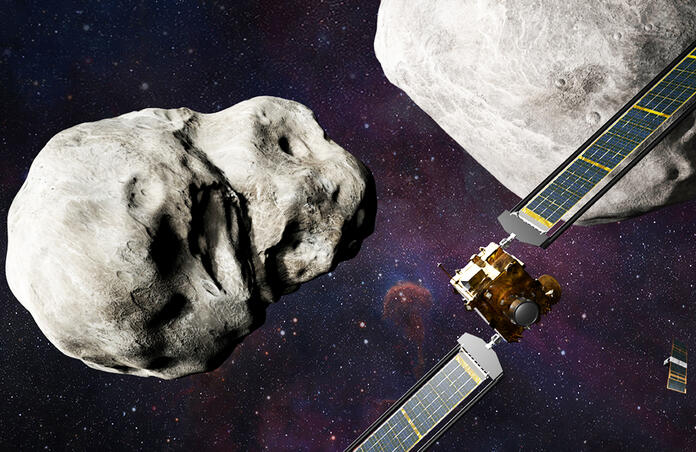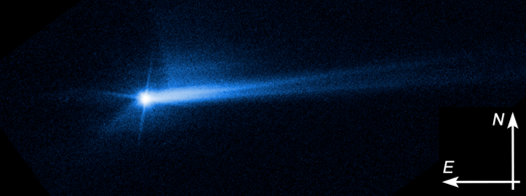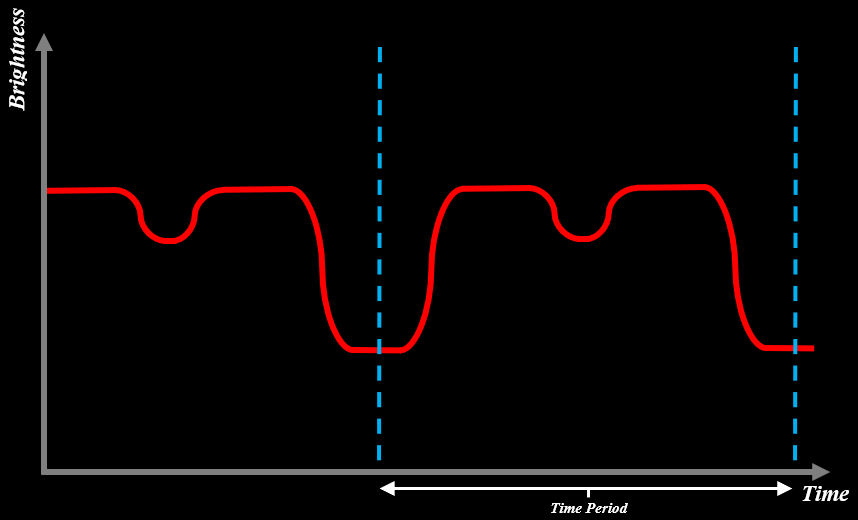NASA Report Successful Outcome of DART Mission

For now, there are no known astronomical objects that pose any meaningful threat to Earth. In spite of this, there always exists the possibility, necessitating the founding of NASA’s Planetary Defence Coordination Office (PDCO) back in 2016. In spite of their involvement with various key projects throughout its lifespan, the outcome of its, to date, most involved project has been announced.
On the 24th of November 2021, NASA launched the Double Asteroid Redirection Test (DART) in order to investigate the possibility of changing the orbit of an asteroid to a significant enough degree to ward off such a threat, if it ever came to it. The benchmark for success set to alter the orbital period of a chosen target by at least 73 seconds, with 10 minutes or more being considered an outstanding outcome. This would be accomplished by launching the DART probe at the target and undergo a direct collision, in order to alter its momentum.
The target was the minor moon, Dimorphus, a body approximately 160 m in diameter, orbiting the asteroid Didymos, approximately 780 m in diameter. The orbital path of these two bodies has a semi major axis of ~1.64 au and an eccentricity of ~0.38. In spite of this, Didymos is not expected to ever collide with Earth.
The probe made contact on September 26th 2022, and the aftermath of the collision has been studied ever since.

Credits: NASA/ESA/STScI/Hubble
In order to identify the orbital period of the asteroid and its minor moon before and after the crash, astronomers used light curves, measuring the relative brightness of the system over a prolonged period of time. While the asteroid itself does not emit any light, it does reflect the light from the sun, making it visible to an observer on Earth. Within a single orbital period, Dimorphus will briefly cast a small shadow onto Didymos, resulting in a lower relative brightness at that point. Additionally, Didymos will also cast a shadow onto Dimorphus, half a period later, fully obscuring it. This results in an even lower relative brightness. By measuring the time between sequential troughs, the orbital time period can be found.

On the 11th of October, 2022, NASA officially announced the outcome of their mission, proclaiming the DART probe to have outperformed their expectations. Prior to the DART mission, Dimorphus was found to have an orbital period of 715 minutes, or just under twice a day. However, the crash managed to reduce this by a full 32 minutes to merely 683 minutes. This lay well within the higher echelon of expected outcomes and far outperformed the margin for success.

Credits: NASA/Johns Hopkins APL/Astronomical Institute of the Academy of Sciences of the Czech Republic/Lowell Observatory/JPL/Las Cumbres Observatory/Las Campanas Observatory/European Southern Observatory Danish (1.54-m) telescope/University of Edinburgh/The Open University/Universidad Católica de la Santísima Concepción/Seoul National Observatory/Universidad de Antofagasta/Universität Hamburg/Northern Arizona University
While preliminary studies have yielded favourable results, astronomers continue to observe Dimorphus, to analyse the dynamics of the collision and the trail left as a result, with the aim to ‘Fully understand the effectiveness of a kinetic impactor.’ Additionally, NASA’s Hera project is projected to disembark for Didymos in 2024 to perform a more thorough survey, particularly focussing on the impact site of the DART probe.
--
Cover Image: NASA/Johns Hopkins
